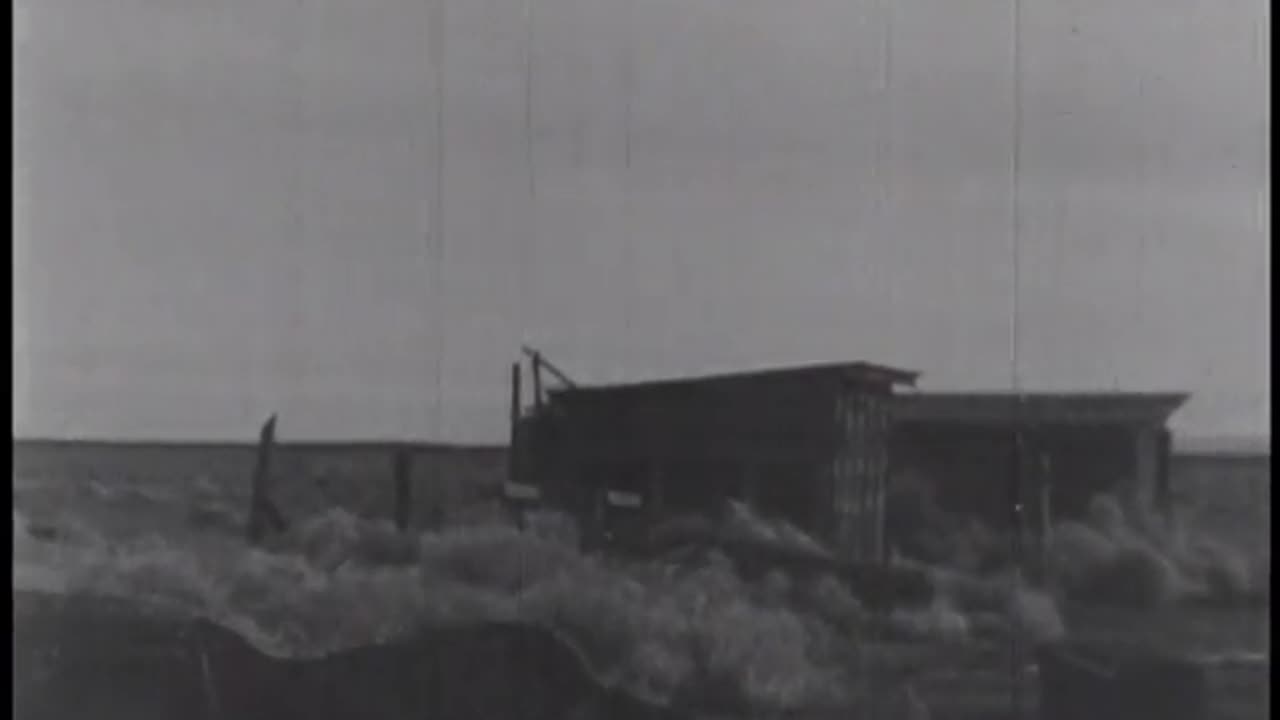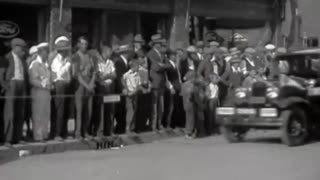Premium Only Content

The Columbia River: A Symphony of Power and Folk
"The Columbia River" is a documentary film produced by the Bonneville Power Administration (BPA) in 1948, which captures the transformative impact of the Bonneville and Grand Coulee dams on the Pacific Northwest region. This film not only chronicles the engineering feats behind these dams but also celebrates the cultural and economic changes they brought to the area, particularly during World War II.
Historical Context: The narrative begins with the 1937 Bonneville Project Act, setting the stage for how public utilities were prioritized in the distribution of the newly generated hydroelectric power. This law was pivotal in shaping the region's industrial landscape, especially with the establishment of the BPA in 1940 to manage this power distribution.
Woody Guthrie's Involvement: A significant portion of the documentary is dedicated to the story of Woody Guthrie's contribution to the project. Stephen B. Kahn, BPA's first public information officer, envisioned a film that would connect with the public on a personal level. Guthrie's hiring in 1941, initially for a year but quickly adjusted to a one-month emergency position due to his political views, led to the creation of iconic songs like "Roll On, Columbia." These songs are woven into the film's soundtrack, providing a folkloric narrative to the industrial story of the Columbia River.
Music and Message: Guthrie's songs, including "The Grand Coulee Dam" and "Pastures of Plenty," not only serve as background music but also as a commentary on the lives of the people, the landscape, and the economic boom spurred by the dams. His work, initially recorded on acetate discs and later onto movie synchronization tracks, encapsulates the spirit of the region's transformation.
Visual and Narrative: The film showcases the dams, the surrounding natural beauty, and the industrial might of the area, juxtaposed with the human stories of workers, farmers, and new industries benefiting from the public power. Through this, "The Columbia River" becomes both an educational piece on hydroelectric power and a cultural document of the time, reflecting the hopes, challenges, and achievements of the American Northwest.
This documentary stands as a testament to how infrastructure projects can inspire cultural expressions, uniting engineering with the arts to tell a compelling story of progress, community, and the American spirit.
-
 5:53
5:53
Archival Moments
4 months agoTwenty Millionth Ford: Rochester, Owatonna, Fairmont, St. Paul, Minneapolis, and Morris, Minnesota
131 -
 15:51
15:51
GritsGG
15 hours agoWinning a Warzone Match From a Tree! #1 Player's POV!
10K1 -
 2:31:01
2:31:01
The Connect: With Johnny Mitchell
1 day ago $38.53 earned"It's About To Get Worse"- CIA Agent Andrew Bustamante Explains Why It's Time To Leave America
47.8K74 -
 16:21
16:21
The Pascal Show
1 day ago $2.44 earned'THE FEDS MADE THIS UP!' Candace Owens Drops BOMBSHELL Pushing Back On Details In Charlie Kirk Case
9.94K10 -
 LIVE
LIVE
Lofi Girl
2 years agoSynthwave Radio 🌌 - beats to chill/game to
289 watching -
 25:39
25:39
DeVory Darkins
14 hours ago $21.63 earnedMass shooting erupts in Michigan as bombshell study shows left wing political violence skyrocketed
43.2K119 -
 5:55:33
5:55:33
MattMorseTV
12 hours ago $131.22 earned🔴Portland ANTIFA vs. ICE.🔴
176K343 -
 3:13:00
3:13:00
Badlands Media
1 day agoThe Narrative Ep. 40: Acceleratia.
81.4K30 -
 6:57:01
6:57:01
SpartakusLIVE
11 hours ago#1 Solo Spartan Sunday || TOXIC Comms, TACTICAL Wins, ENDLESS Content
66.6K5 -
 49:45
49:45
Sarah Westall
10 hours agoComedians take Center Stage as World goes Nuts w/ Jimmy Dore
47.9K21